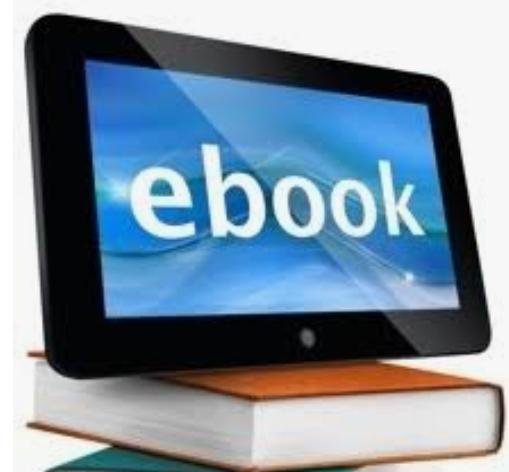FREE COMPLETE STUDY MATERIAL NOTES FOR IBBI EXAMINATION
E-BOOK
ONLINE BATCH STUDY MATERIAL-50 HRS EDUCATIONAL COURSE UNDER RULE 5(1) READ WITH RULE 12(2)(a) FOR REGISTRATION AS VALUERS UNDER THE BANNER OF CEV IAF RVO
UNIT-3
CHAPTER-1
ECONOMICS
MICRO ECONOMICS
Microeconomics is the study of individuals, households and firms’ behavior in decision-making and allocation of resources. It generally applies to markets of goods and services and deals with individual and economic issues. Or simply it is the part of economics concerned with single factors and the effects of individual decisions. Consumer equilibrium, individual income and savings are examples of microeconomics. The microeconomic study deals with what choices people make, what factors influence their choices and how their decisions affect the goods markets by affecting the price, the supply and demand. Understanding microeconomics can be useful in many fields, including economics, accounting and finance. In this article, we explain what microeconomics is, how to use it and some of its key concepts.
NEED OF MICROECONOMICS
Microeconomists study the production, exchange and consumption of goods and services in markets and how the behavior of producers and consumers varies based on factors such as incentives, methods of production and taxes. This is in contrast to macroeconomics, which studies entire economies, industries, countries and governments rather than individuals or single businesses. Businesses use microeconomics to determine how many goods to produce or services to provide and at what price to customers. Their prices will depend on many factors, including the cost of resources and labor, and how much money…………
MACRO ECONOMICS
The branch of economics is concerned with large-scale or general economic factors, such as interest rates and national productivity. It deals with aggregates. It is concerned with total demand, supply, output, income and so on. Hence macro-economics is a study of aggregates and averages. It is the study of economic system as a whole. It directly concerns with relations among large aggregate such as national income, general price level, total output, consumption, employment, savings, investment, demand and supply. These relations indicate the behaviour of economic system as a whole. Macro-economics concerns itself with those aggregates which relate to the whole economy.
It is considered to be policy making economics. The study of macro-economics includes, the theory of income, employment, general price level, theory of factor pricing, economic growth and inflation and deflation………
PARALLEL ECONOMY
Parallel economy is the functioning of an unsanctioned sector in the economy whose objectives run in opposite to the objectives of official, sanctioned or legitimate sector. The parallel economy has political, commercial, legal, industrial, social and ethical aspects.
Prevalence of black money gives rise to parallel economy. The term parallel economy is also referred as black economy, unaccounted economy, illegal economy, subterranean economy or unsanctioned economy.
A striking point about parallel economy is that it promotes the type of economic activities where undisclosed income remains hidden to the tax authorities. Usually, conspicuous consumption, real estate, investment in foreign assets, criminal activities, corruptions etc are the typical spending pattern in the parallel economy. Transactions are executed in an opaque manner. The parallel economy also expressed as the menace to our economy has been deeply rooted in our economic systems. The unaccounted money that is being hidden from the tax administrators is known as the black money. There are many factors like.. ……………………….READ MORE
TO READ THE COMPLETE NOTES CLICK THE LINK BELOW



